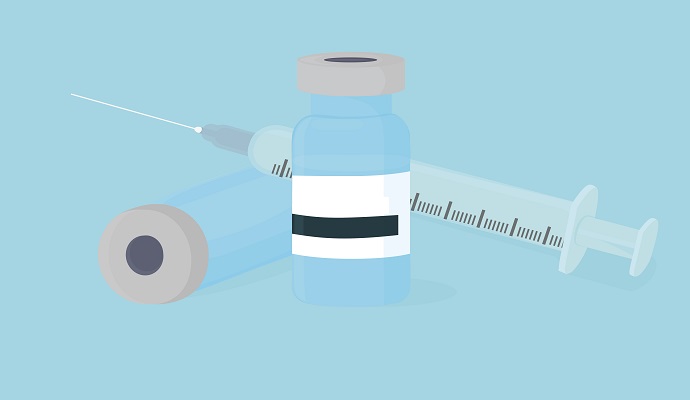Bolstering the Pharmaceutical Supply Chain for a COVID-19 Vaccine
Creating specialized distribution channels, consumer-centric vaccination models, and advanced analytics will ensure a pharmaceutical supply chain that can turn COVID-19 vaccines into vaccinations.

Source: Getty Images
- COVID-19 vaccines are being developed at a quick pace, but a broken supply chain could derail this momentum. A new report from PricewaterhouseCoopers (PwC), however, uncovered three steps drug manufacturers can take to ensure that the supply chain can turn vaccines into vaccinations when the time comes.
Experts continue to question the efficacy of potential COVID-19 vaccines (66 percent) and the lack of transparency on available supply or how to obtain it (66 percent), the report stated.
But pharmaceutical and life science companies have opportunities to address these issues and develop a more robust supply chain through the adoption of specialized distribution channels, consumer-centric vaccination models, and advanced analytics.
Drug manufacturers can build specialized distribution channels by leveraging
existing cold chain supply frameworks, PwC explained. These networks could include metro hubs in which there is more diversity in consumer demographics, such as elderly and racial minority groups who are the highest mortality risk.
But researchers highlighted that the model must account for the demand-pull with a center for immunization, as well as mobile units that target more specific locations.
For example, residents and staff at long-term care facilities may be targeted as one of the top priority groups.
The COVID-19 pandemic has accelerated the shift in consumer preferences for their site of care.
Therefore, the second and possibly most vital step is to develop consumer-centric vaccination models, PwC stated in the report.
Once a COVID-19 vaccine is developed, vaccination is likely to occur in waves as officials decide which groups should be high priority and what the specific criteria for distribution will be.
But a mid-August survey found that just 65 percent of Americans said that they would get an FDA-approved and affordable vaccine, while 35 percent said they would not.
The main reason that many Americans are hesitant about receiving a vaccine is lack of trust in scientists and the government. So, experts must find a way of overcoming this fear.
Consumer preference may become a major factor in ensuring vaccine uptakem making it the responsibility of drug manufacturers to minimize any general concerns consumers may have, researchers noted. This could make individuals more comfortable with the idea that the pandemic is now just a part of their lives.
Additionally, specialized models could also help individuals with other health issues, such as diabetes, heart disease, and other chronic conditions.
“Vaccination may not be a one-size-fits-all model. Manufacturers should hone their delivery models to account for segmentation of consumers and work with stakeholders such as distributors, pharmacists, employers, and other traditional as well as nontraditional vaccinators to match vaccination sites to consumers’ preferences,” researchers stated.
“The need to engage with all stakeholders is paramount, as HRI’s research has found that no one entity has the data to meet consumer needs and expectations,” they continued.
The third and final step to ensure supply chain reliability is connecting the dots between distributors, vaccinators, and consumers using advanced analytics.
Some drug and device companies have already launched analytics to drive commercial improvements, while other industries have successfully used analytics to improve business outcomes and meet consumer needs, researchers said.
Analytics will allow experts to understand which vaccines require deep freezing, and which vaccines will be destroyed by deep freezing.
For example, vaccines that contain alum as an adjuvant could be damaged if stored at the same low temperatures that are required for mRNA vaccines.
Analytic planning can also help manufacturers to more closely deliver on the promise of the right treatment to the right patient at the right time and place.
“A specialized, consumer-centric and connected vaccine value chain approach could help save lives, prevent additional suffering, and allow students to return to classrooms and the economy to rebound. The collaborative, innovative models built should pay dividends beyond vaccines and allow the US healthcare system and economy to emerge stronger, nimbler, and better prepared than it was before the pandemic,” researchers concluded.
